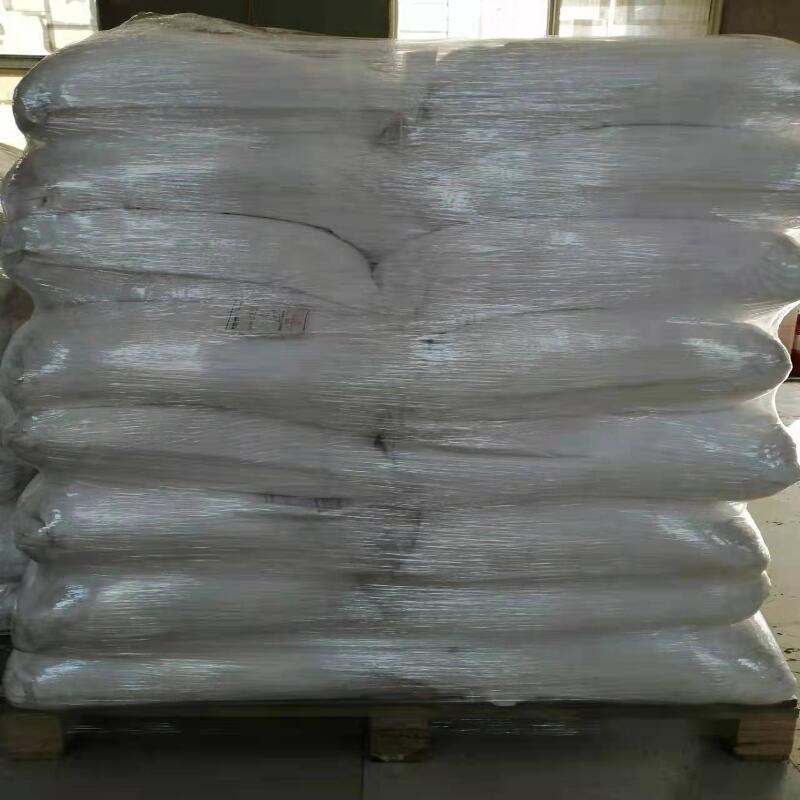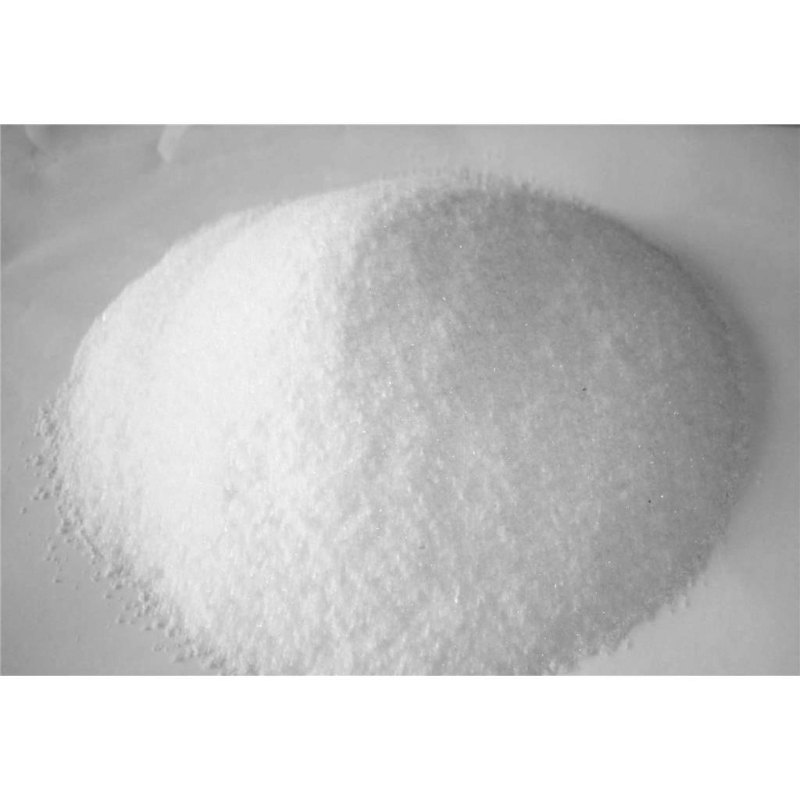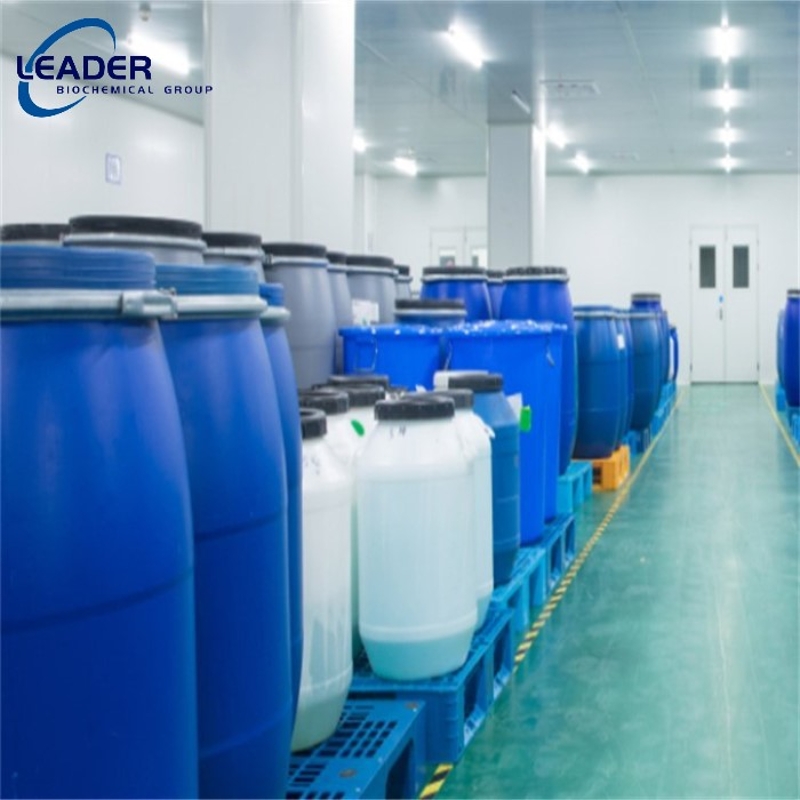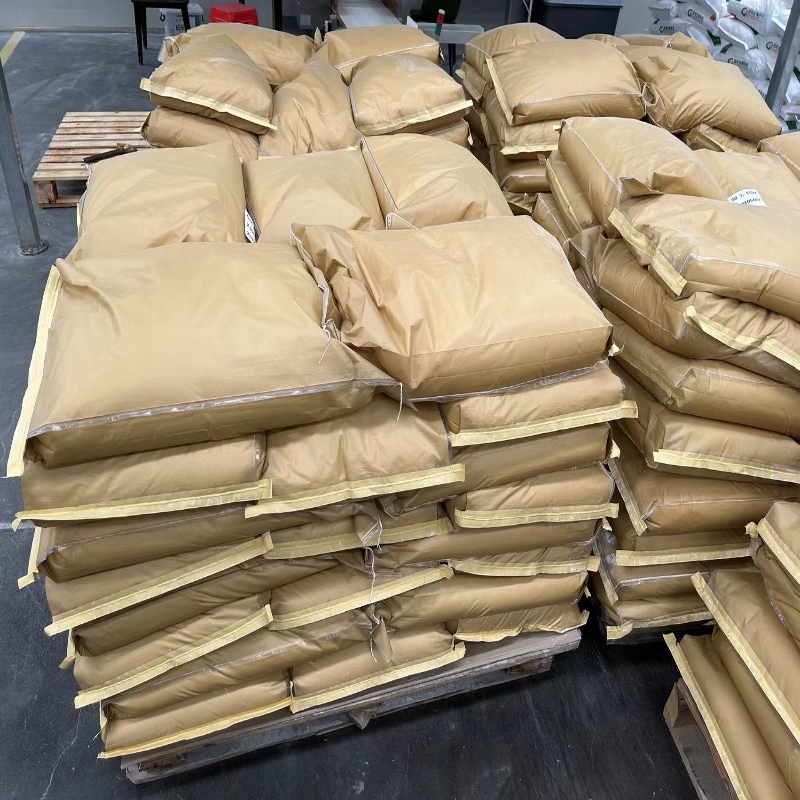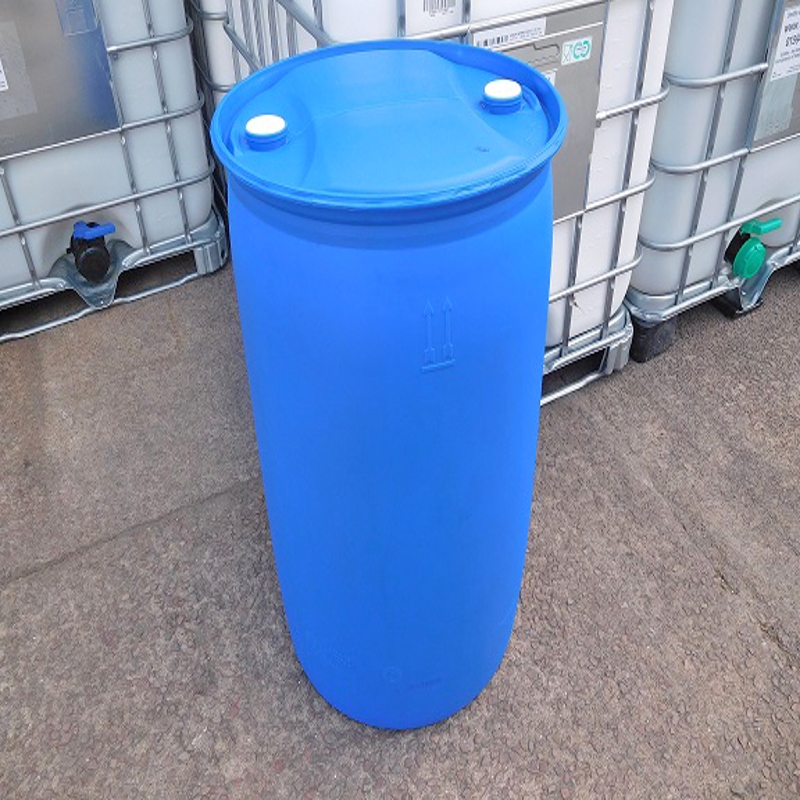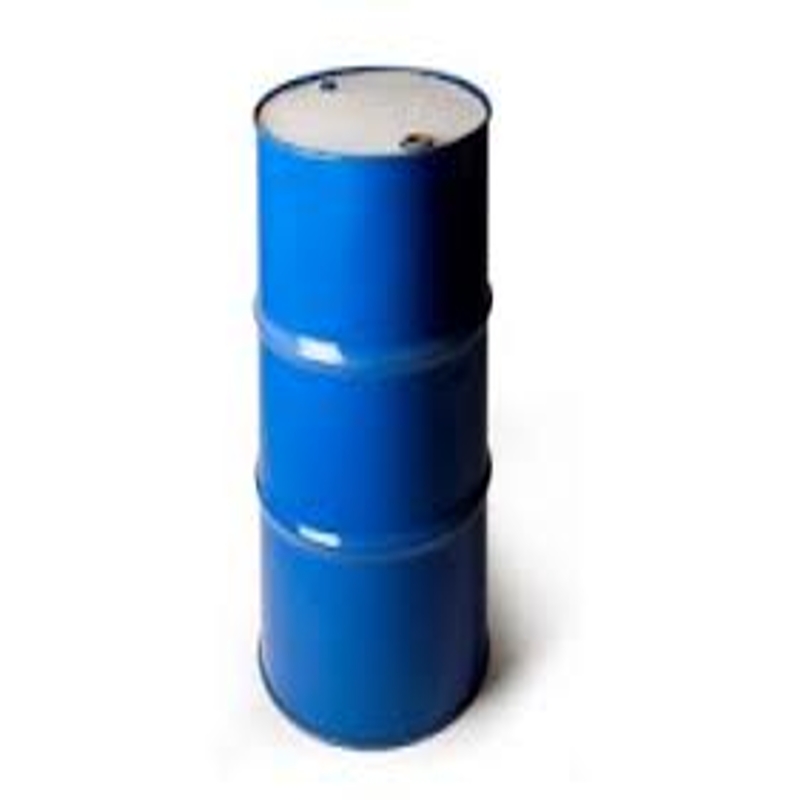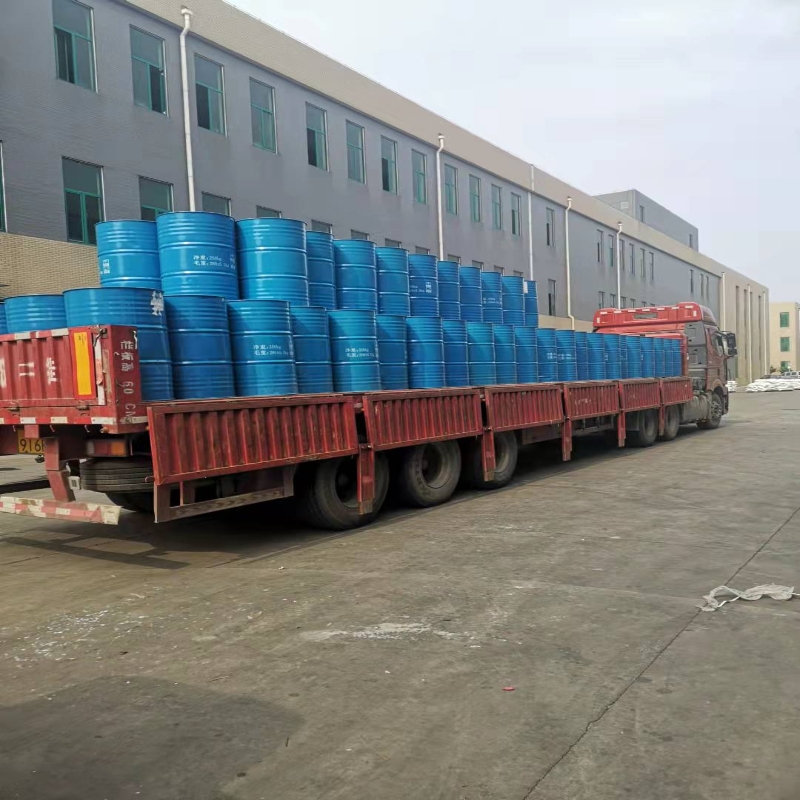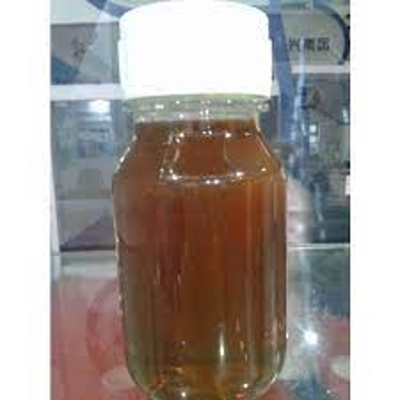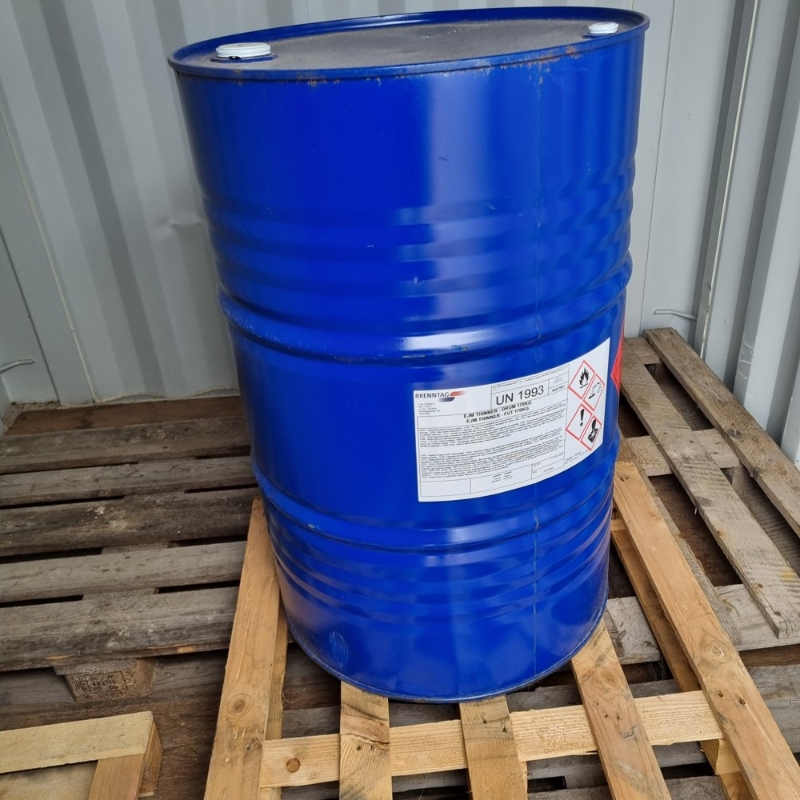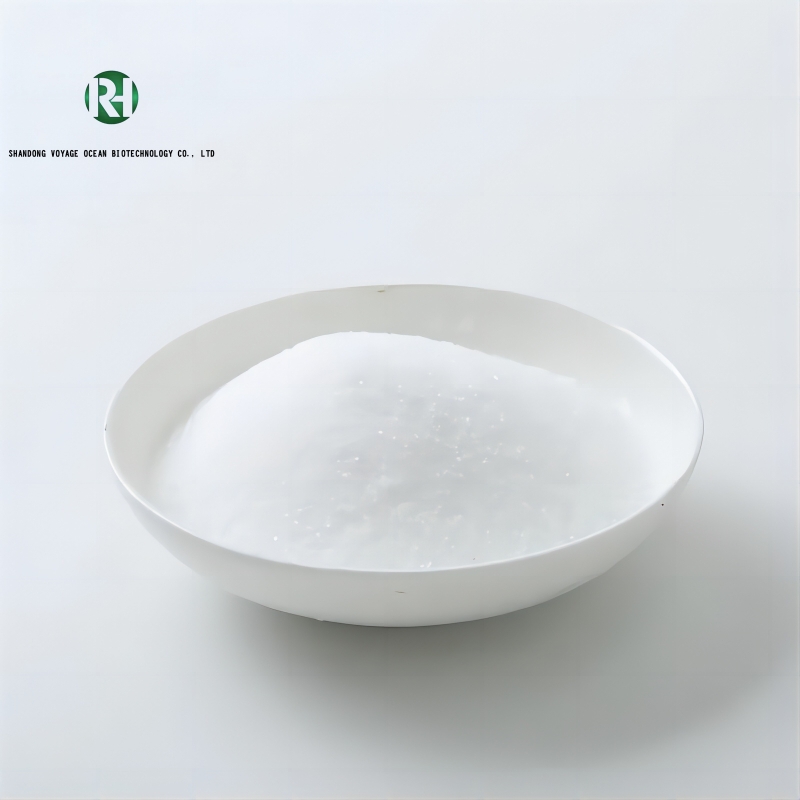Cosmetic Ingredient
- • Abrasive (124)
- • Absorbent (84)
- • Anticaking (66)
- • Anticorrosive (25)
- • Antifoaming (19)
- • Antimicrobials (290)
- • Antioxidant Ingredient (393)
- • Antiperspirant (20)
- • Antiplaque (48)
- • Anti-seborrheic (38)
- • Anti-sebum (39)
- • Antistatic (458)
- • Astringent (162)
- • Binding Agent (172)
- • Bleaching Agent (53)
- • Buffering (191)
- • Bulking (109)
- • Chelating (122)
- • Cleansing (679)
- • Cosmetic Colorant (212)
- • Cosmetic Preservative (158)
- • Denaturant (45)
- • Deodorant (98)
- • Depilatory (27)
- • Dissolving Agent (298)
- • Emollient (795)
- • Emulsifying Agent (480)
- • Emulsion Stabilising (154)
- • Exfoliating (19)
- • Film Forming (299)
- • Flavouring (72)
- • Foam Boosting (161)
- • Foaming (101)
- • Fragrance Ingredient (726)
- • Gel Forming (19)
- • Hair Conditioning (670)
- • Hair Dyeing (363)
- • Hair Fixing (36)
- • Hair Waving or Straightening (45)
- • Humectant (282)
- • Hydrotrope (92)
- • Keratolytic (20)
- • Light Stabilizer (80)
- • Moisturising Agent (50)
- • Nail Conditioning (42)
- • Occlusive (20)
- • Opacifying (119)
- • Oral Care (123)
- • Oxidising (19)
- • Perfuming (2105)
- • Plasticiser (98)
- • Propellant (19)
- • Reducing (50)
- • Refatting (12)
- • Refreshing (26)
- • Skin Cleansing (388)
- • Skin Conditioning (1751)
- • Skin Humectant (21)
- • Skin Protecting (282)
- • Smoothing (31)
- • Soothing (71)
- • Tonics (155)
- • UV Filter (34)
- • Viscosity Controlling (532)
Chemicals as Skincare Ingredients
Related News
-
Shell Considers Partnering with the U.S. and Closing European Chemical Assets
2025-03-26 -
Price Surge Alert as Major Suppliers Increase Barium Sulfate Costs by 200 Yuan per Ton
2025-03-20 -
Quaker Houghton Acquires Dipsol Chemicals, Strengthening Advanced Solutions Portfolio
2025-03-27 -
AstraZeneca to Invest $2.5 Billion to Establish Global Drug R&D Center in Beijing
2025-03-25 -
Saudi Aramco CEO: Invest in downstream projects in China's energy, chemical and other fields
2025-03-28 -
Dow's Silicones Downstream Expansion Project in Zhangjiagang Launches and Drives Market Innovation
2025-03-21
Cleansing
Amines, hydrogenated tallow alkyl
(61788-45-2)-
Industrial Grade / 99%
-
-
- / 99.00%
-
industrial Grade / 98%
Request for quotation , get quotes from more suppliers.
Polyethylene glycol monooleyl ether
(9004-98-2)-
Cosmetics Grade / 99%
-
Chemical Grade / 95%
-
- / 99%
-
Chemical Grade / 99%
Request for quotation , get quotes from more suppliers.
N-Dodecyl-2-pyrrolidone
(2687-96-9)-
Industrial Grade / 99%
-
- / 99.00%
-
Pharmacy Grade / 99%
-
Pharmacy Grade / 99%
Request for quotation , get quotes from more suppliers.
-
Industrial Grade / 98%
$12000/MT FOB
-
-
Industrial Grade / 99%
-
Industrial Grade / 100%
Request for quotation , get quotes from more suppliers.
Xylenesulfonic acid
(25321-41-9)-
- / 99.00%
-
Industrial Grade / 100%
-
industrial Grade / 98%
-
Industrial Grade / 99%
Request for quotation , get quotes from more suppliers.
Sodium lauryl sulfoacetate
(1847-58-1)-
![Sodium lauryl sulfoacetate buy Sodium lauryl sulfoacetate]()
Cosmetic Raw Materials / 99%
$169/KG EXW
-
- / 0.00%
-
- / 99.00%
-
API Grade / 99%
Request for quotation , get quotes from more suppliers.
-
-
$500-550/MT FOB
-
$1/MT FOB
-
$1-1.1/MT FOB
Request for quotation , get quotes from more suppliers.
Benzenesulfonic acid, 4-C10-13-sec-alkyl derivs.
(85536-14-7)-
Cosmetics Grade / 96%
-
Industrial Grade / 99%
$950/MT EXW
-
-
Industrial Grade / 100%
Request for quotation , get quotes from more suppliers.
Sodium p-toluenesulfonate
(657-84-1)-
Industrial Grade / 99%
-
- / 99.00%
-
Industrial Grade / 78%
$600-700/MT FOB
-
- / 99.5%
Request for quotation , get quotes from more suppliers.
Sucrose monooctadecanoate
(25168-73-4)-
-
Pharmacy Grade / 99%
-
-
Request for quotation , get quotes from more suppliers.
Source Cleansing Raw Materials by Region
More Information
The mechanism of cleansing agents involves their ability to interact with both water and oil-based substances. Surfactants, the primary active ingredients in cleansing formulations, possess hydrophilic (water-attracting) and lipophilic (oil-attracting) properties. When applied to the skin or hair, surfactants lower the surface tension of water, allowing it to penetrate and wet the surface while simultaneously attracting and binding to oils and other hydrophobic substances.
As surfactants bind to oil and dirt particles, they form micelles, tiny structures that encapsulate the impurities, making them easier to rinse away. Additionally, cleansing agents may contain emollients and conditioning agents to help maintain the skin's natural moisture barrier and prevent dryness or irritation.
Common ingredients found in cleansing products include:
● Sodium lauryl sulfate (SLS) and sodium laureth sulfate (SLES)
● Cocamidopropyl betaine
● Glycerin and other humectants









